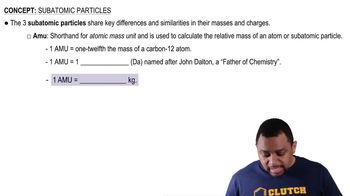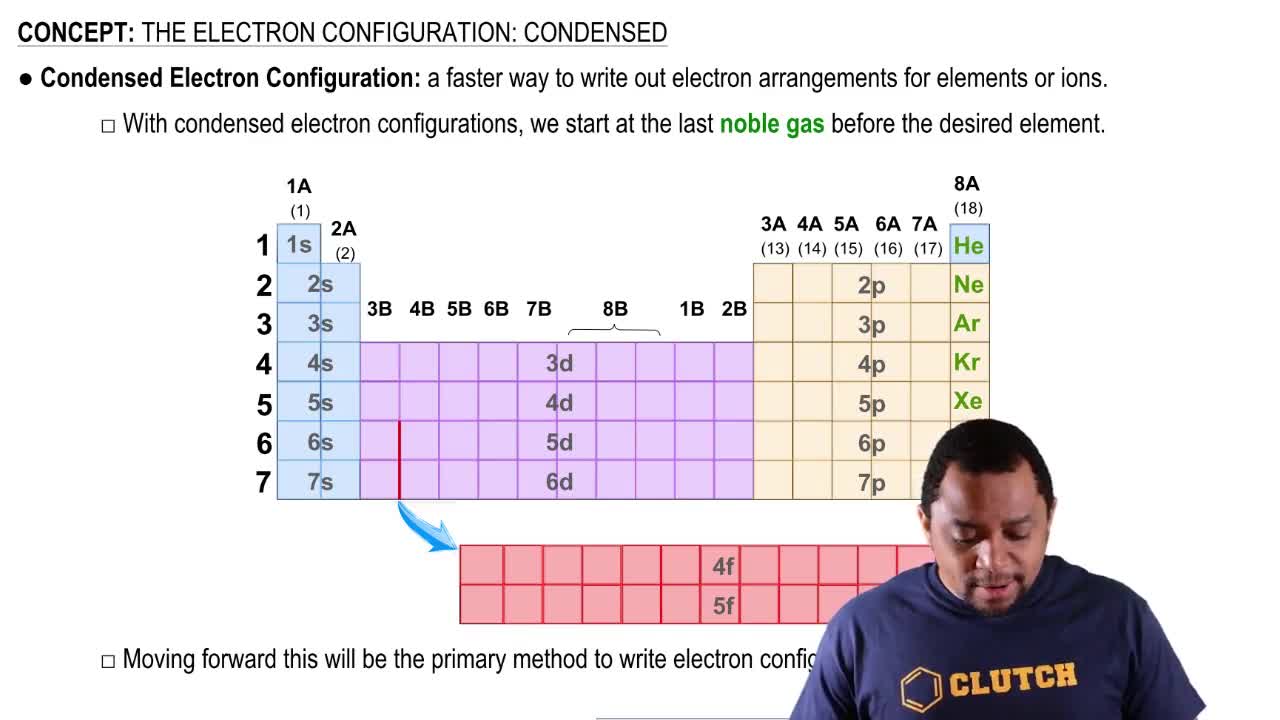Textbook Question
Is each of the following statements true or false?
c. Neutrons repel each other.
 Verified step by step guidance
Verified step by step guidance Verified video answer for a similar problem:
Verified video answer for a similar problem:



 1:44m
1:44mMaster The Atom (Simplified) Concept 1 with a bite sized video explanation from Jules
Start learning